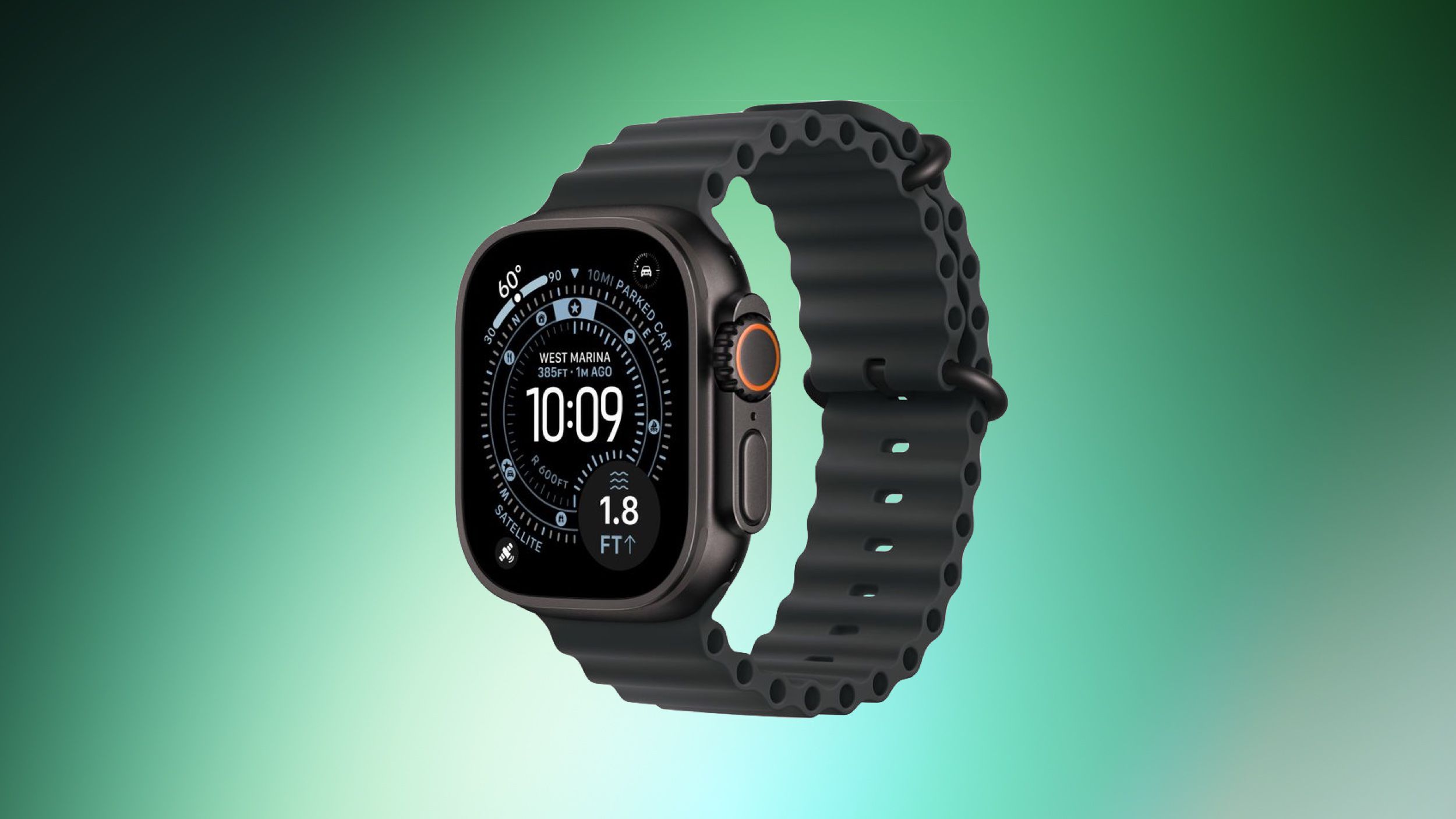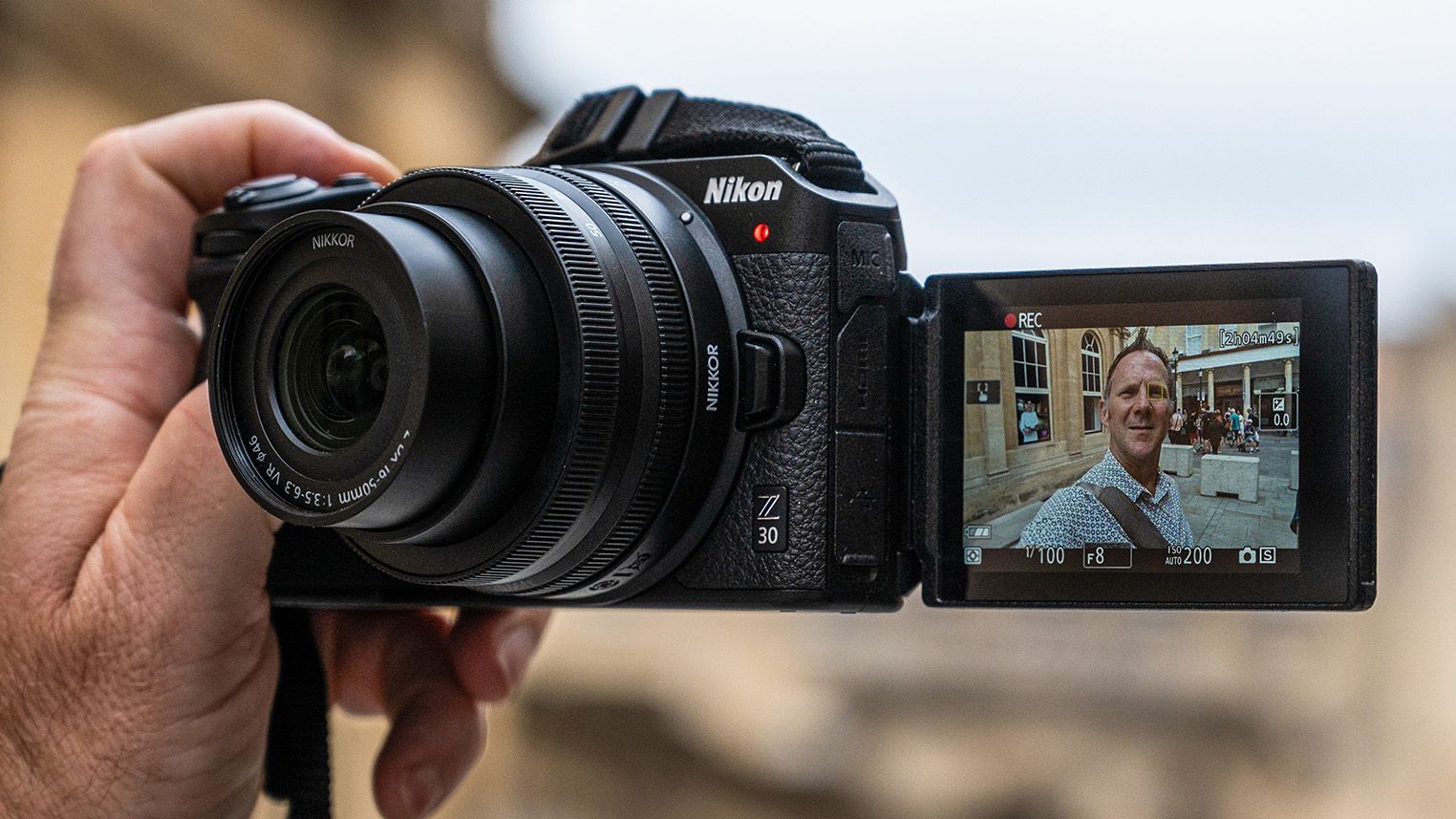Apple Watch Ultra 3 has hit a new all-time low price on Amazon this weekend, available at $99 off select models. This includes the higher-end model with the Milanese Loop and a few Ocean Band options.
Note: MacRumors is an affiliate partner with…

Apple Watch Ultra 3 has hit a new all-time low price on Amazon this weekend, available at $99 off select models. This includes the higher-end model with the Milanese Loop and a few Ocean Band options.
Note: MacRumors is an affiliate partner with…

With the Gemini for Home voice assistant, Google has updated the LED lights on the Home Mini, Nest Mini, and Nest Audio.
With the Gemini upgrade, there are no changes to the behavior of the LED lights on the Google Home or…

Diop never imagined that her drawing would become the symbol of the Youth Olympic Games, but her passion and artistic vision won over the jury.
“I didn’t think I would be chosen, but honestly, I’m…

Chubu Steel Plate (TSE:5461) continues to operate at a loss, as evidenced by its negative net profit margin, but has managed to trim its losses at an annual rate of 6.9% over the past five years. Shares currently trade at ¥1,981, which stands well below the estimated fair value of ¥14,047.73. However, the price-to-sales ratio of 1.2x remains well above both industry and peer averages of 0.4x. Investors are assessing whether the company’s progress on narrowing losses and offering perceived value will outweigh persistent concerns about unprofitability and dividend sustainability.
See our full analysis for Chubu Steel Plate.
The next section puts these earnings figures side by side with the most widely held market narratives, highlighting where the data supports the stories and where it raises new questions.
Curious how numbers become stories that shape markets? Explore Community Narratives
Chubu Steel Plate has managed to narrow its losses at a rate of 6.9% per year over the last five years, directly addressing the company’s long-standing unprofitability.
The prevailing market view notes this steady pace of improvement could gradually restore investor confidence if it holds.
However, with no return to positive net margins in sight, the central debate is whether the ongoing reductions can meaningfully close the gap before sector headwinds offset these advances.
Investors watching the loss reduction trend will want evidence of a real pivot toward profitability, not just smaller annual deficits.
The EDGAR summary lists dividend sustainability as the main risk, raising questions about how long dividends can be supported while the business stays unprofitable.
The prevailing market view points out that ongoing losses put dividend coverage under pressure.
With no near-term sign of a profit turnaround, bulls hoping for consistent payouts could be caught off guard if reductions or suspensions become necessary.
This makes the dividend picture a key test case for management’s balancing of investor promises versus financial reality.
The current share price of ¥1,981 trades at a deep discount to the DCF fair value estimate of ¥14,047.73, but at a price-to-sales ratio of 1.2x, it still commands a premium compared to the 0.4x peer and industry averages.
Prevailing market analysis highlights this valuation tension:
Some investors may see the wide gap to fair value as a tempting entry point for an eventual turnaround, especially if the loss reduction trend accelerates.
Others note the company’s high price-to-sales multiple compared to peers sets a high bar, suggesting further downside unless profitability improves materially.

Earlier this week, ARK Invest purchased over US$30.9 million worth of Block Inc. shares across three exchange-traded funds, including ARKK, ARKW, and ARKF, highlighting continued interest among institutional investors.
This investment comes as Block accelerates its rollout of integrated bitcoin solutions for merchants, further cementing its role at the intersection of digital payments and cryptocurrency adoption.
We’ll explore how ARK Invest’s expanded position in Block underscores confidence in the company’s advancing crypto and payments ecosystem.
The latest GPUs need a type of rare earth metal called Terbium and there are only 37 companies in the world exploring or producing it. Find the list for free.
To own Block shares, you need to believe in the long-term relevance of its two-sided payments and banking ecosystem, built around Cash App and Square, especially as digital finance and bitcoin adoption expand. ARK Invest’s sizable US$30.9 million purchase showcases institutional optimism but does not materially change the core risk: Block’s earnings remain highly sensitive to bitcoin-related revenue fluctuations and ongoing competitive threats in peer-to-peer payments, which may be amplified or mitigated in the near term by broader crypto trends.
The most relevant recent announcement is the rollout of Square’s new integrated bitcoin payments solution for merchants, making it easier for businesses to seamlessly accept, hold, and convert bitcoin through Square’s point-of-sale system. This initiative directly aligns with Block’s push to deepen cryptocurrency integration, one of its central growth catalysts, by strengthening its merchant platform and reinforcing its role as a bridge between digital asset adoption and real-world payments.
But while interest in bitcoin solutions is growing, investors should pay careful attention to the risk that…
Read the full narrative on Block (it’s free!)
Block’s outlook anticipates $32.8 billion in revenue and $2.4 billion in earnings by 2028. This is based on a projected 11.3% annual revenue growth rate, but earnings are forecast to decrease by $0.6 billion from the current $3.0 billion.
Uncover how Block’s forecasts yield a $88.40 fair value, a 16% upside to its current price.
Seventeen members of the Simply Wall St Community estimate Block’s fair value between US$60.37 and US$104, showing a wide range of outlooks. With Block’s ongoing integration of bitcoin payments for merchants, this diversity hints at how opinions can differ around the business’s exposure to crypto volatility, open these alternative perspectives to understand what could drive future results.

Hong Kong reported two imported cases of chikungunya on Saturday, both of whom were hospitalised and are now in stable condition, bringing the total number of cases this year to 54, according to health authorities.
The first case involved a…
On the afternoon of November 1 local time, President Lee Jae Myung of the Republic of Korea held talks with President Xi Jinping at the Gyeongju National Museum.
In November, Gyeongju is immersed in the vibrant autumn season. President Xi Jinping…

So, Nikon has launched the first camera in its Z Cinema line in the shape of the Nikon ZR, and make no mistake, it’s making some statement, packing the moviemaking expertise of Red (the high-end video company it recently acquired) with Nikon’s…
